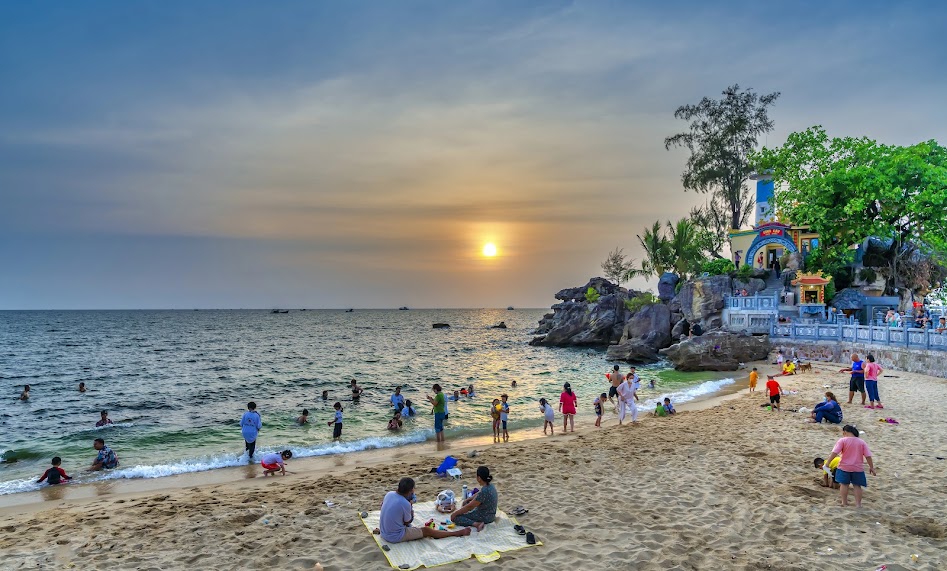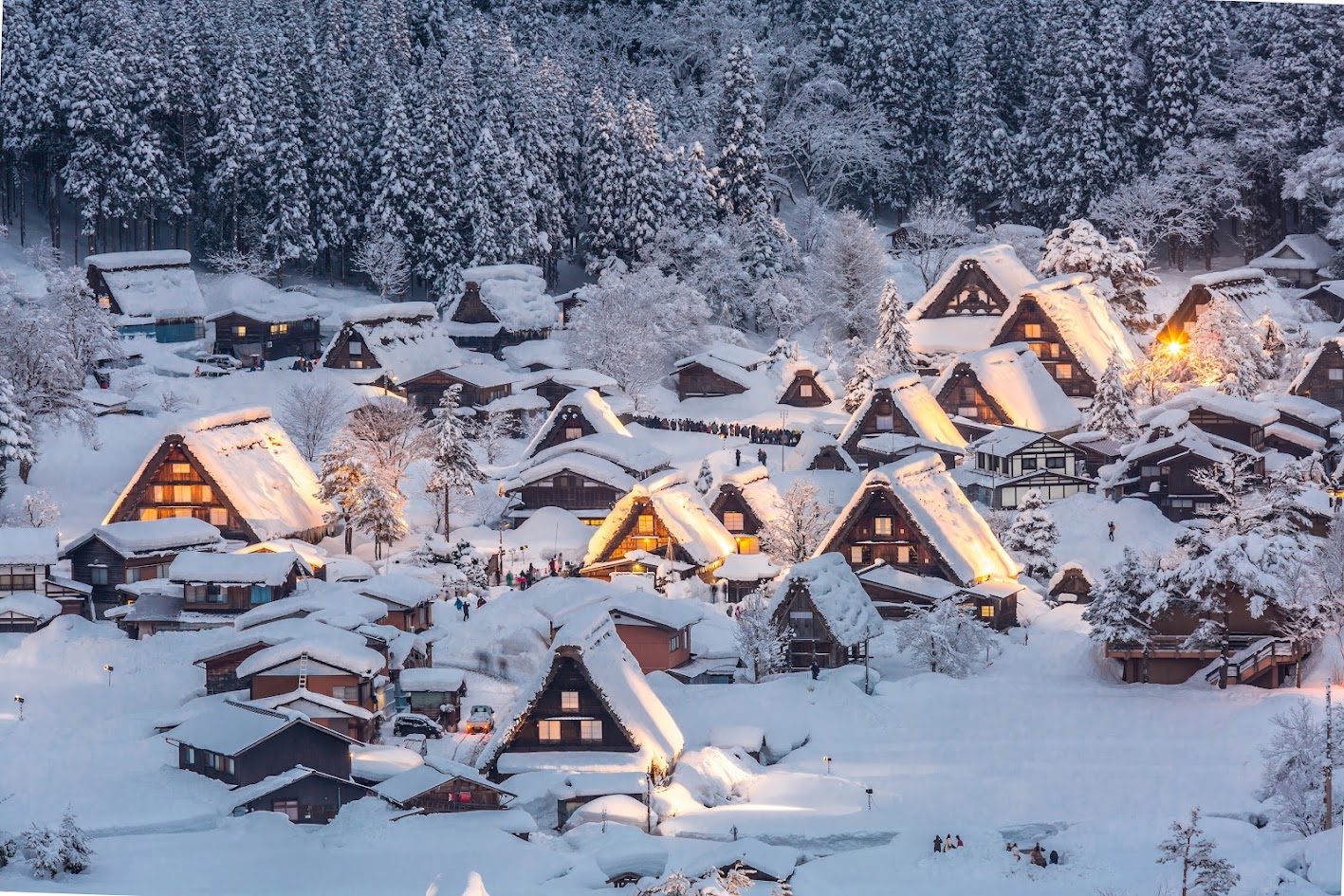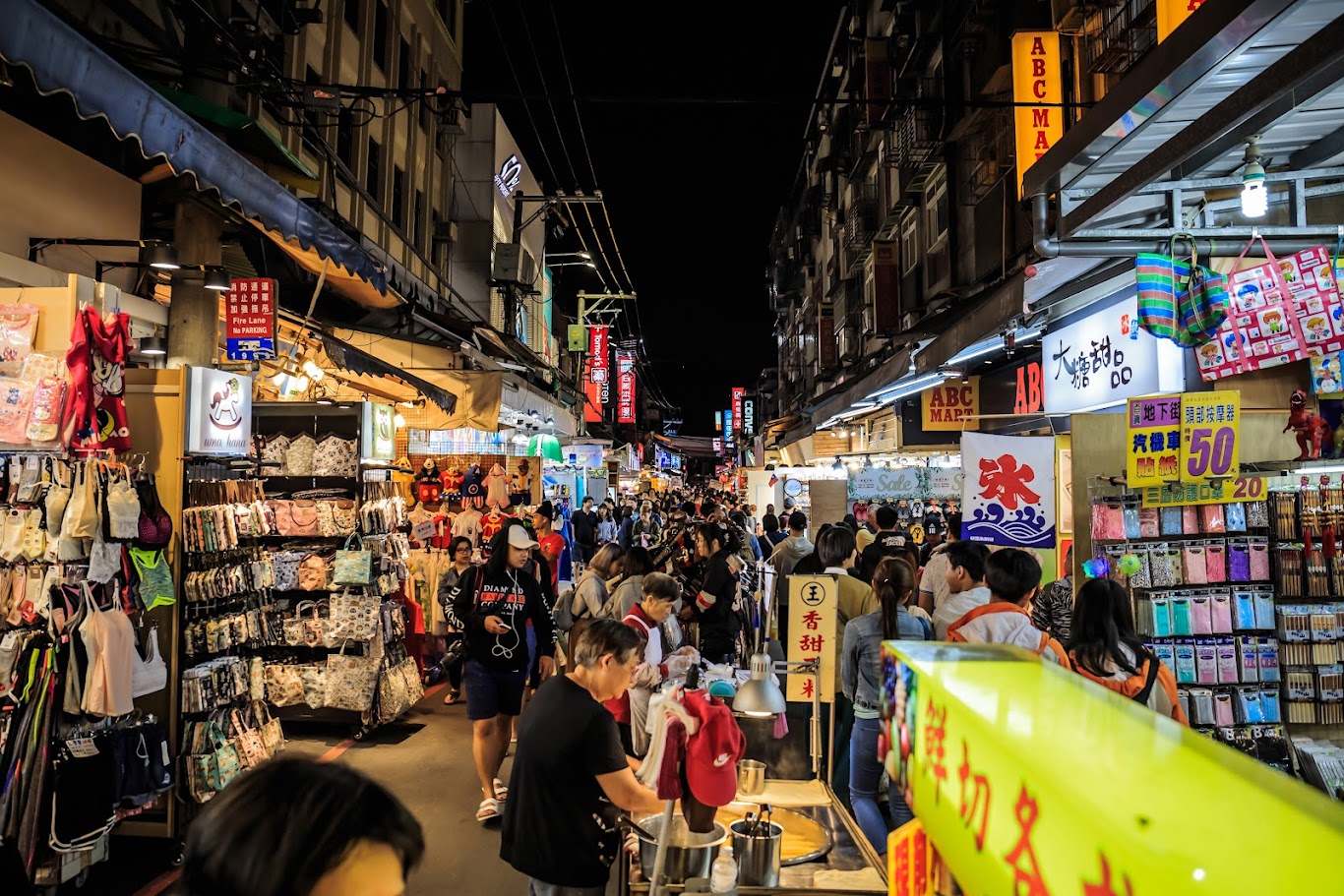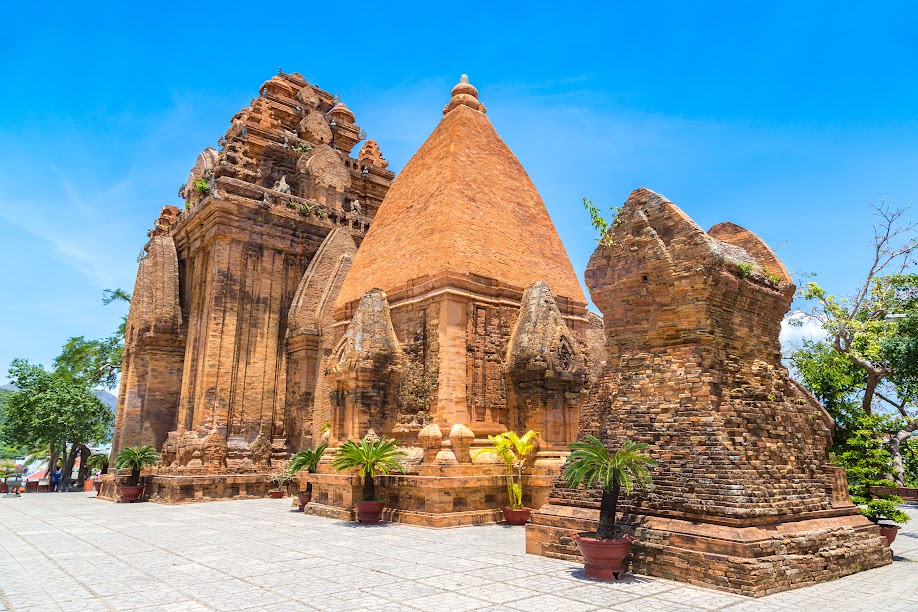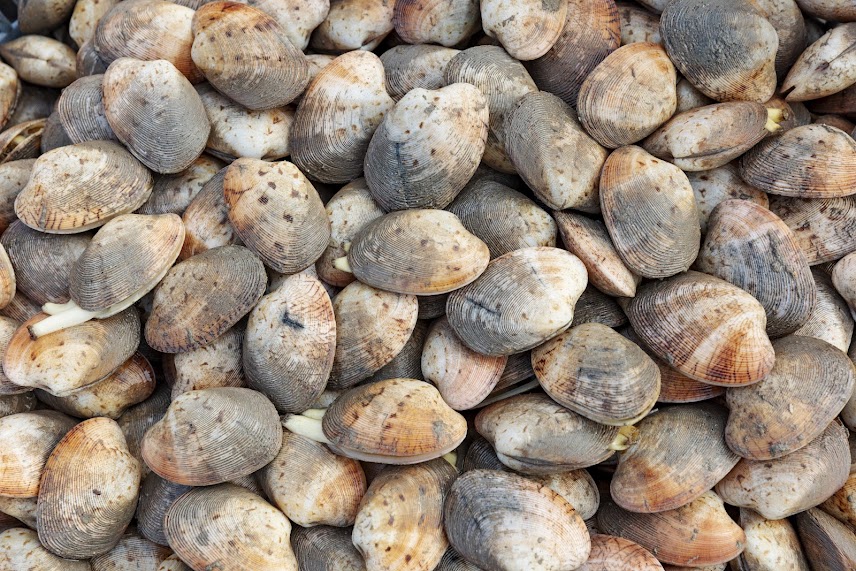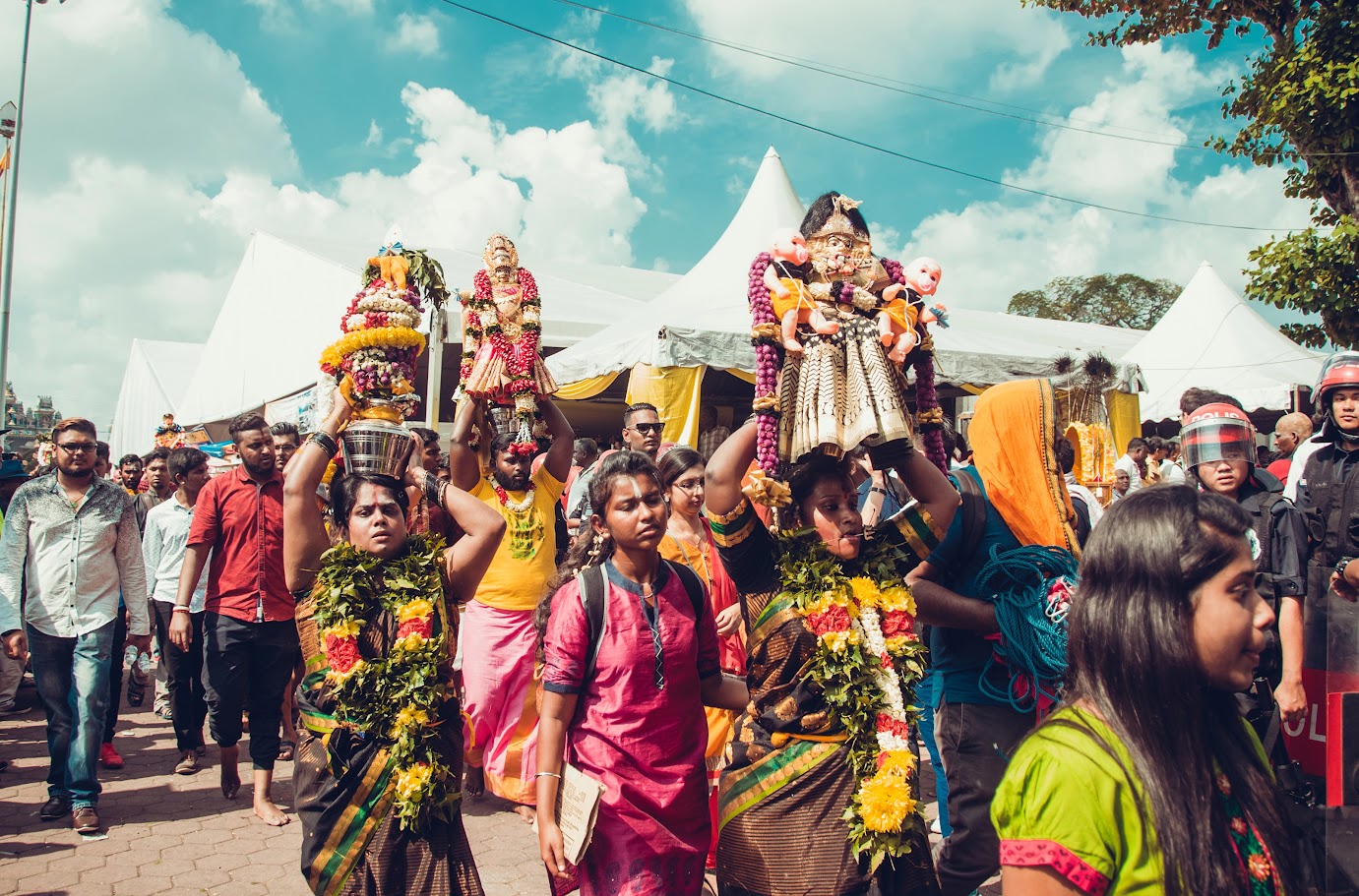
- SkyJoy
- Chuyến bay của tôi
- Online Check-in
- E-Menu
- E-Visa
- Dịch vụ chuyến bay
- Dịch vụ khác
Ngày đi

Ngày về
Japanese Mid-Autumn Festival - Discover unique culture
Japan is one of the countries belonging to the Asian culture. So the Japanese also have the custom of worshiping the moon in the fall, also known as the Mid-Autumn Festival. However, the way people in the "land of cherry blossoms" celebrate Mid-Autumn Festival is extremely unique. So what's special about the Japanese Mid-Autumn Festival? Please refer to the article below for more details!
1. Does Japan have Mid-Autumn Festival?
The answer is yes. Japan's Mid-Autumn Festival is called Tsukimi or Otsukimi (meaning Moon Viewing Festival). This holiday was imported into Japan many years ago and then spread widely throughout Japan. Every year, in addition to August 15 (lunar calendar), this holiday also takes place on September 13 (lunar calendar).

Japanese people celebrate the Mid-Autumn Festival on the full moon day of August and the "after moon" September 13 every year.
>> Xem thêm: Experience 10 famous festivals in Japan that you shouldn't miss.
2. Interesting things about Mid-Autumn Festival in Japan
Mid-Autumn Festival in Japan attracts many visitors thanks to the following unique things:
2.1. The Origin and Meaning of Japan's Mid-Autumn Festival
According to folklore, Tsukimi or Otsukimi originated from the Chinese Mid-Autumn Festival and was passed down to Japan during the Heian period (794 - 1185). Initially, Tsukimi or Otsukimi was only for the royal family and aristocracy, but by the Edo period (1603 - 1868), the festival was widely celebrated, with the meaning of thanksgiving and praying to the gods. lush crops.
2.2. Mid-Autumn Festival is held twice a year
Tsukimi or Otsukimi is held twice a year. This is the biggest difference of the Mid-Autumn Festival in Japan compared to other countries. Accordingly, the first moon-watching festival is held on August 15 (lunar calendar). After a month, the Japanese will continue to celebrate the second Mid-Autumn Festival on September 13 (lunar calendar).
Japan has a unique way of celebrating the Mid-Autumn Festival because according to folk belief, if you only look at the moon on the night of the 15th, you will encounter many bad luck. Therefore, the custom of welcoming Tsukimi or Otsukimi takes place twice a year in order to reap blessings and avoid calamities.
2.3. Legend of the jade rabbit pounding flour to make mochi on the moon
If in Vietnamese culture, Mid-Autumn Festival is associated with the image of Mr. Cuoi, Ms. Hang and Ngoc Rabbit gathering on the moon, then for the Japanese, the image that appears when looking at the moon is a boy. The rabbit is pounding rice cake.
This lovely association comes from a story about God transforming into an old beggar to test three animals: monkey, fox and rabbit. While monkeys climb trees to pick delicious fruits, foxes steal offerings to give to the old man, rabbits have nothing. In order to have food for the old man, the rabbit donated himself by rushing into the fire. Touched by this heart, God revived the rabbit and let it live in the moon.
As for why you pound banh giay, it can be explained that in Japanese the word "full moon" is called Mochiduki which is quite similar to the word Mochitsuki which means "pounding banh giay", so there is this interesting association.
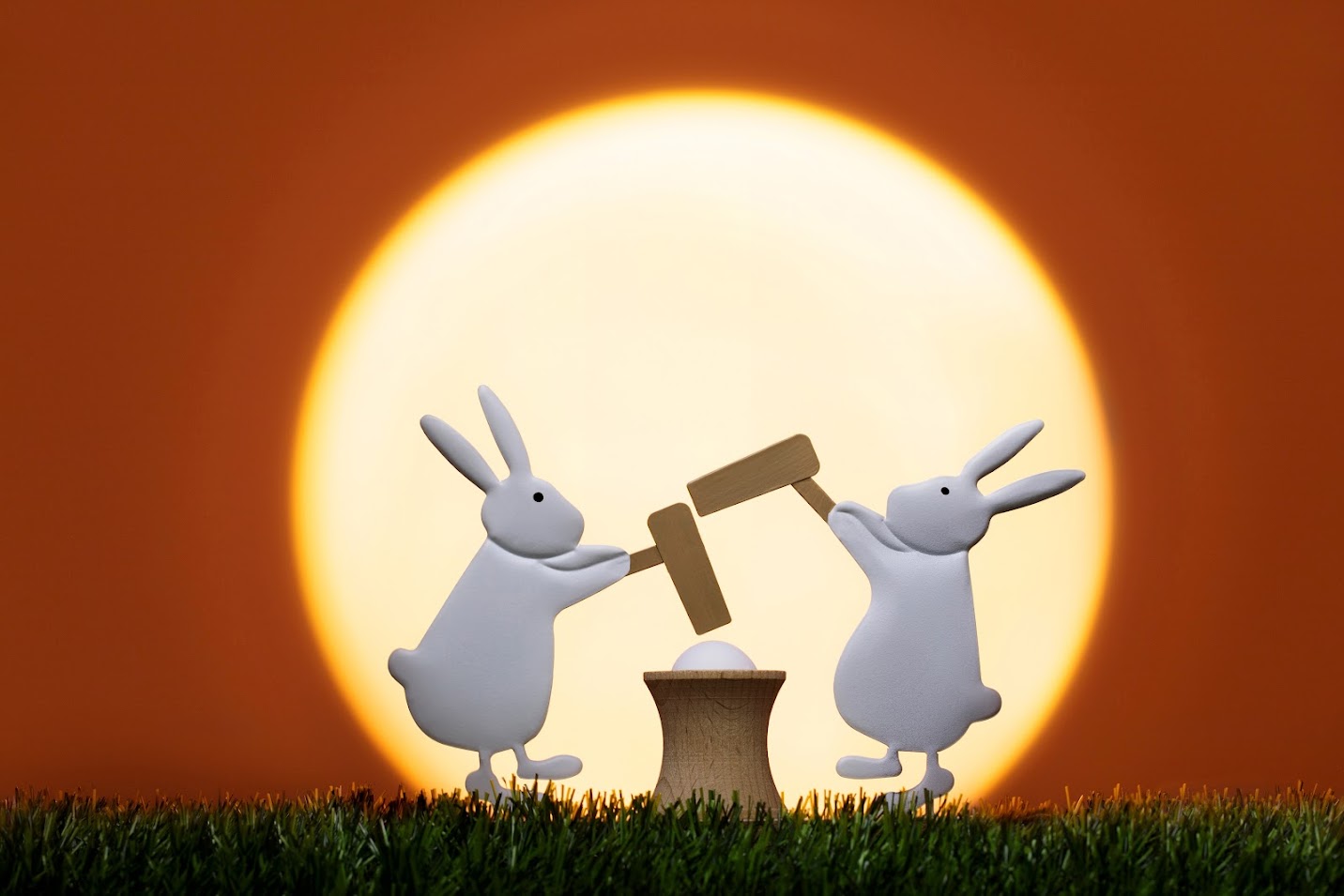
Mid-Autumn Festival in Japan is associated with the image of the Jade Rabbit working hard at the mortar making Mochi cake.
>> See more: The Koinobori Matsuri festival for Japanese boys.
3. What do Japanese people do on Mid-Autumn Festival?
To enjoy the Mid-Autumn Festival night (watching the Tsukimi or Otsukimi moon) in true Japanese style, please save the information below:
3.1.Home decoration
People in the "land of cherry blossoms" often decorate their houses with reed grass (Susuki) - one of the seven famous grasses of autumn in Japan. Because since ancient times, reed grass is considered to be the embodiment of the moon god, bringing prosperity to the family and helping the harvest. In addition, people also believe that the pointed shape of the reed grass also has the ability to chase away demons. Because of these meanings, many Japanese people use reeds to decorate their doors during the Mid-Autumn Festival.
3.2. Moon worship
Moon worship is an important traditional custom during the Japanese Mid-Autumn Festival. Accordingly, on August 15 and September 13 of the lunar calendar every year, Japanese people will arrange Tsukimi Dango cake into a sturdy tower, then the cake plate will be placed on the table next to the vase of reed grass. After that, the offering tray is brought to the middle of the yard or to a place with bright moonlight. When the worship is finished, everyone will gather together to watch the moon, eat, drink and chat.
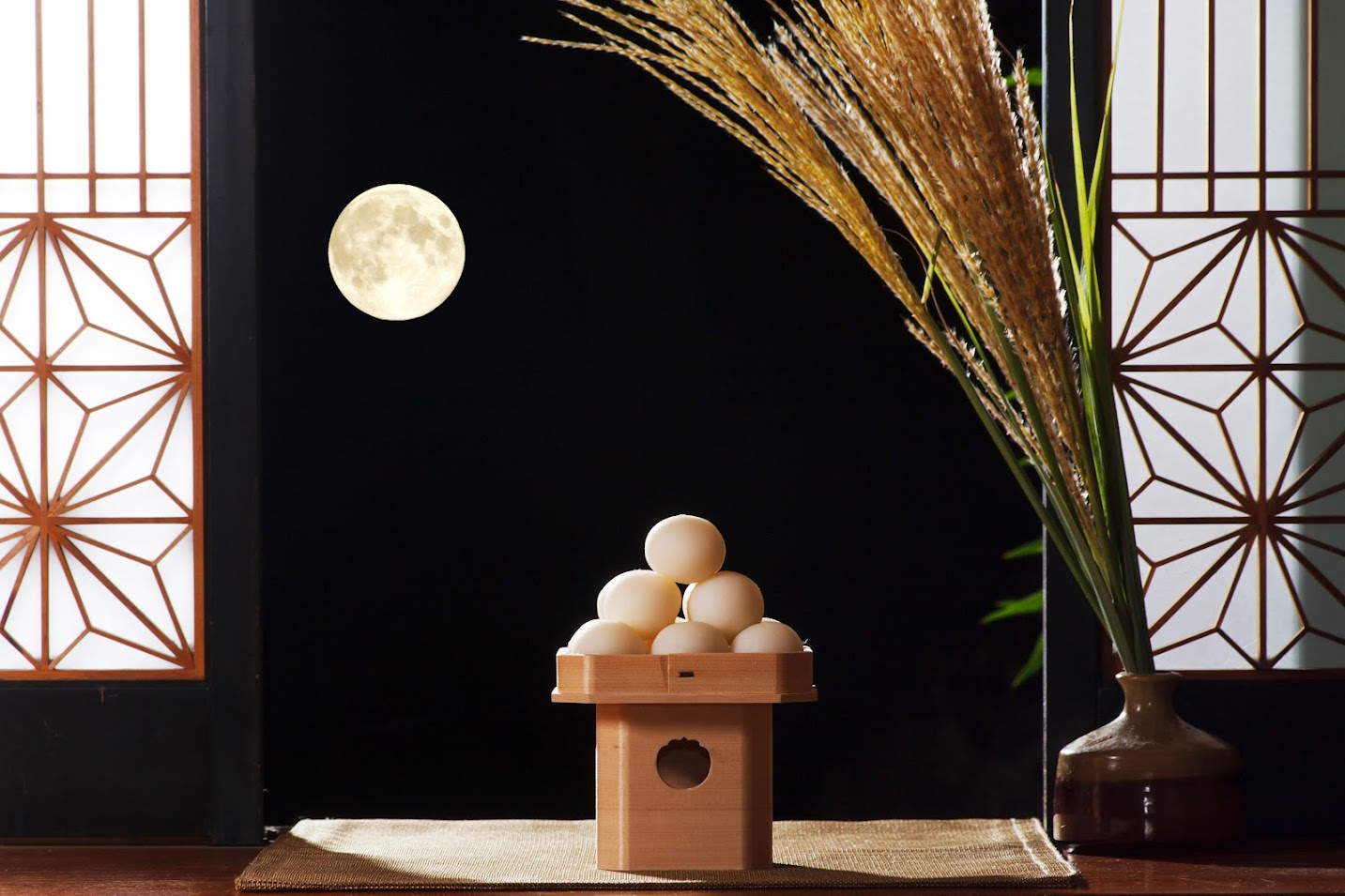
The full moon offerings on Mid-Autumn Festival in Japan often include dango cakes and reed grass.
3.3. Watch the moon
“Enjoying the moon” is also an indispensable activity on Mid-Autumn Festival night in Japan. Accordingly, you can watch the moon in your room, in the garden, on the porch or any open place where you can see the moon most conveniently. If you choose a place where the view is blocked, you will not be able to fully enjoy the beautiful moonlit night.
In addition, in Japan there are some "super" beautiful moon viewing locations you can refer to such as:
-
Sankeien Garden
The garden is known as one of the most beautiful spots to view the full moon in August in Japan. Coming here, you can walk around the garden, enjoy the peaceful atmosphere, admire the romantic moonlight and enjoy interesting traditional music performances.
-
Sunshine 60 Observatory
With an observation deck at a height of 251m, Sunshine 60 promises to bring you wonderful experiences on the full moon day of August with friends and relatives. In addition to enjoying the sparkling full moon, you can also enjoy a panoramic view of Ikebukuro city at night.
-
Mejiro Garden
In autumn, especially on Mid-Autumn Festival night, Mejiro garden becomes sparkling and mysterious with beautiful lights and red maple leaves. Coming here, visitors can watch the moon, hear the gentle sound of the waterfall and enjoy a warm cup of tea.
4. Traditional dishes of the Japanese Mid-Autumn Festival
On the full moon day of Otsukimi Mid-Autumn Festival, Japanese people watch the moon while eating Tsukimi Dango - a Japanese mochi moon cake with a spherical shape. When enjoying, you will feel the sweetness of the cake with moderate chewiness. Tsukimi Dango Mooncake will increase its deliciousness if served with tea or coffee.

On the full moon day of Mid-Autumn Festival, Japanese people often eat Tsukimi Dango - Japanese moon cake.
>> See more: Explore famous and enticing Japanese cuisine.
5. What is the difference between the Mid-Autumn Festival in Japan and Vietnam?
Although they all have Mid-Autumn Festival, the way to celebrate in Japan is different from Vietnam.
|
Những điểm khác biệt |
Việt Nam |
Nhật Bản |
|
Truyền thuyết về ngày lễ |
Tết Trung thu gắn liền với sự tích chú cuội và chị Hằng |
Trung thu gắn liền với sự tích một chú thỏ ngọc đang sinh sống chung với thần Mặt Trăng. |
|
Ý nghĩa của ngày lễ Trung thu |
Tết của trẻ em và là dịp để mọi người tỏ lòng biết ơn đến những người thân yêu. |
Tạ ơn các vị thần đã ban cho người dân một vụ mùa thật bội thu. |
|
Thời gian tổ chức |
15/8 Âm lịch |
15/8 và 13/9 Âm lịch |
|
Hoạt động ăn mừng trong ngày lễ |
- Trẻ em khắp cả nước đều đi ra phố rước đèn, cùng nhau chơi những trò chơi ở dưới ánh trăng ngày rằm, sau đó là cùng nhau phá cỗ bánh kẹo. - Tổ chức múa lân trên khắp các đường phố. - Người lớn quây quần sum họp với nhau để ăn bánh Trung thu. |
Người Nhật sẽ tiến hành các hoạt động trang trí Trung thu và làm các món bánh truyền thống để thường thức cùng gia đình vào đêm Trung thu. |
|
Món ăn truyền thống |
Bánh nướng, bánh dẻo |
Bánh Tsukimi Dango |
The Japanese Mid-Autumn Festival is one of the occasions that attracts many tourists to experience the beauty of traditional Japanese culture. This festival is held annually with a specific time, so you can easily arrange and book air tickets to Japan.
Currently, Vietjet operates many flights to Japan with economical prices and many attractive incentives. In particular, every Wednesday, Thursday, Friday, you also have the opportunity to hunt for international flight tickets for 0 VND. So don't forget to follow Vietjet fanpage to update promotions every week.
-
Instagram: https://instagram.com/vietjet







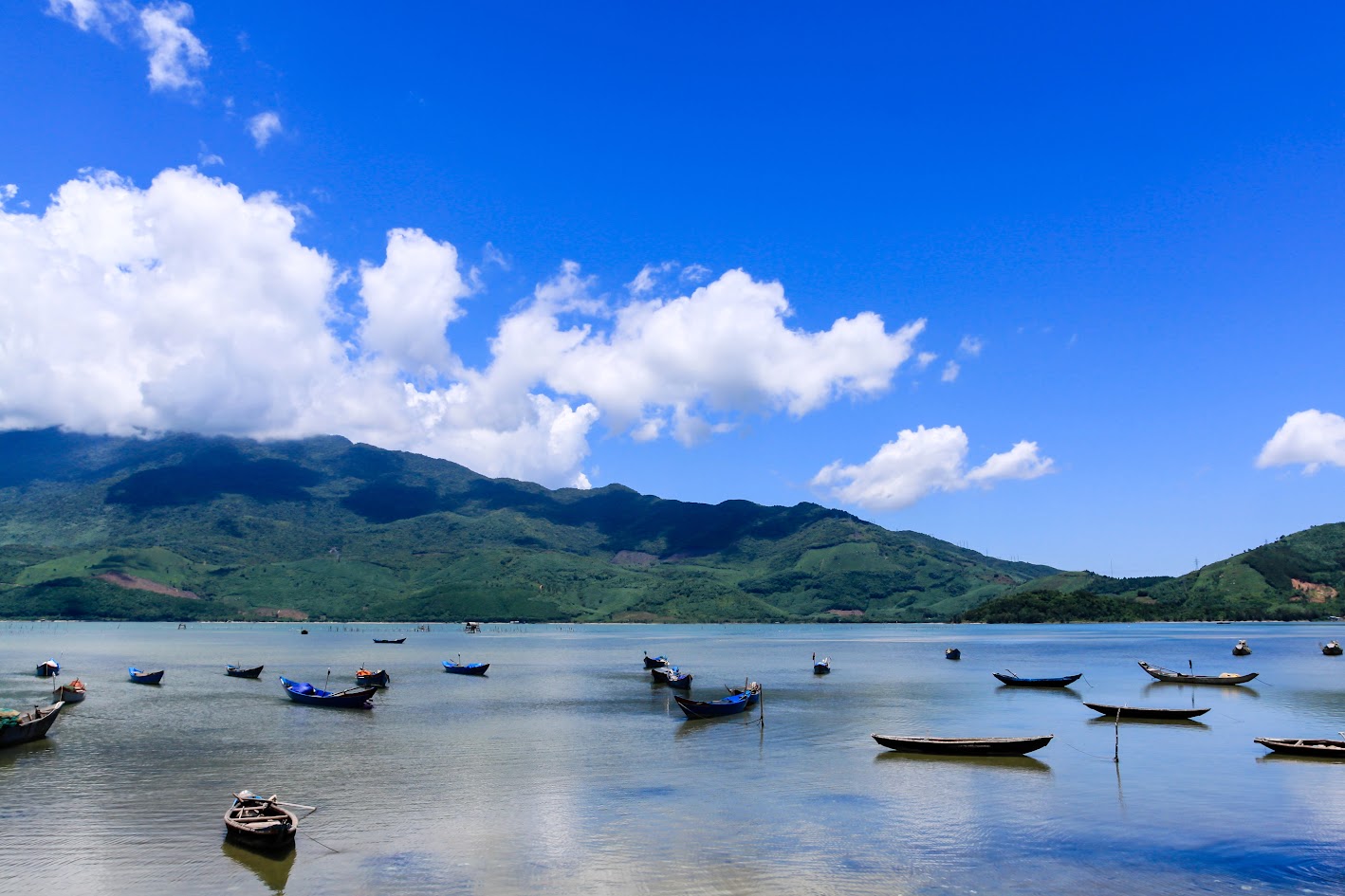

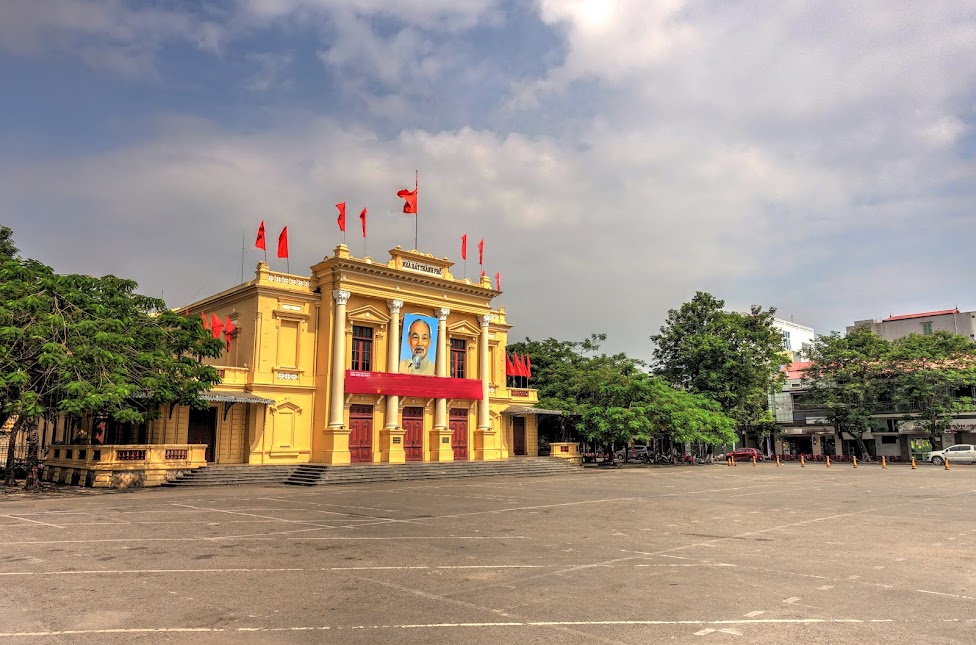















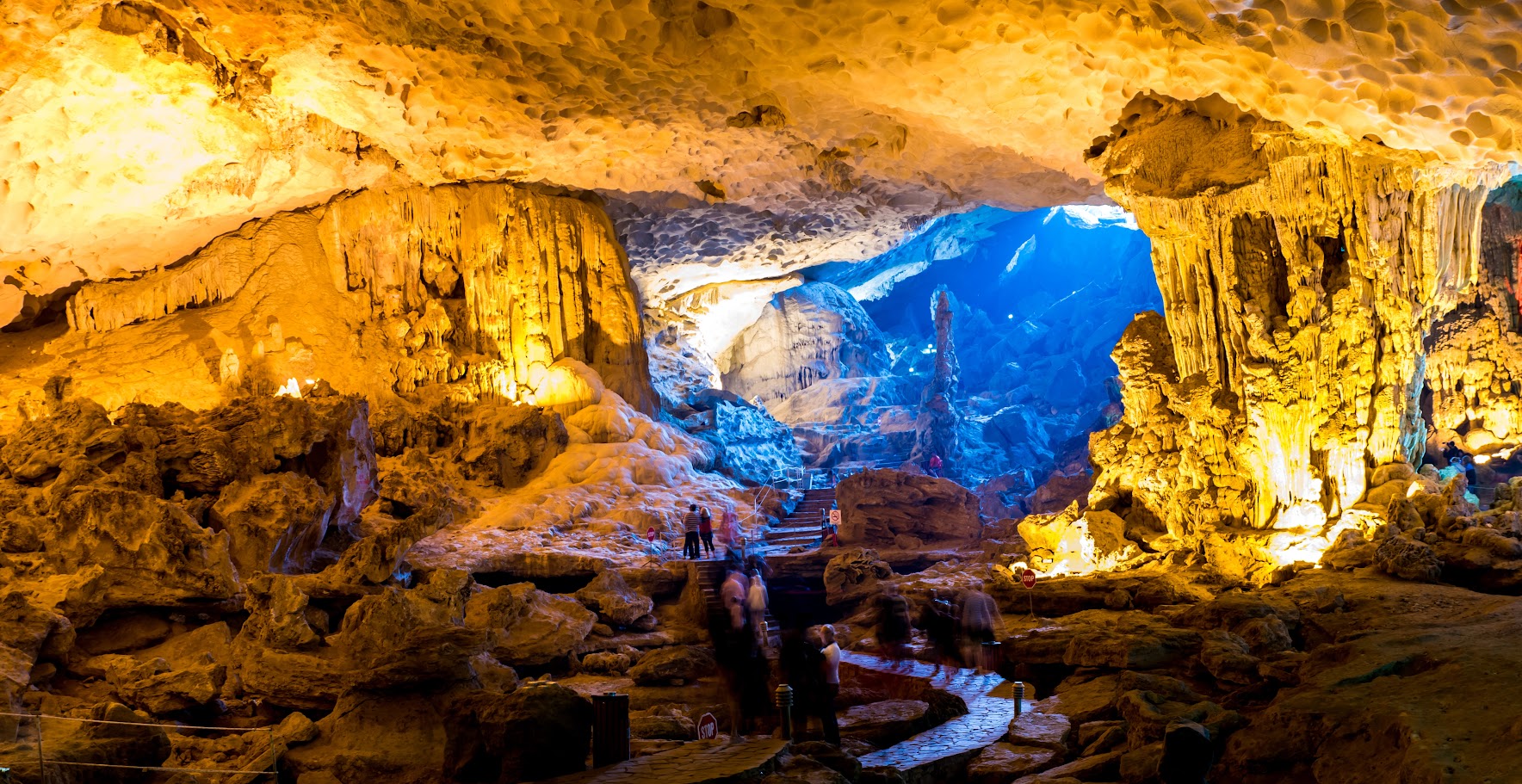







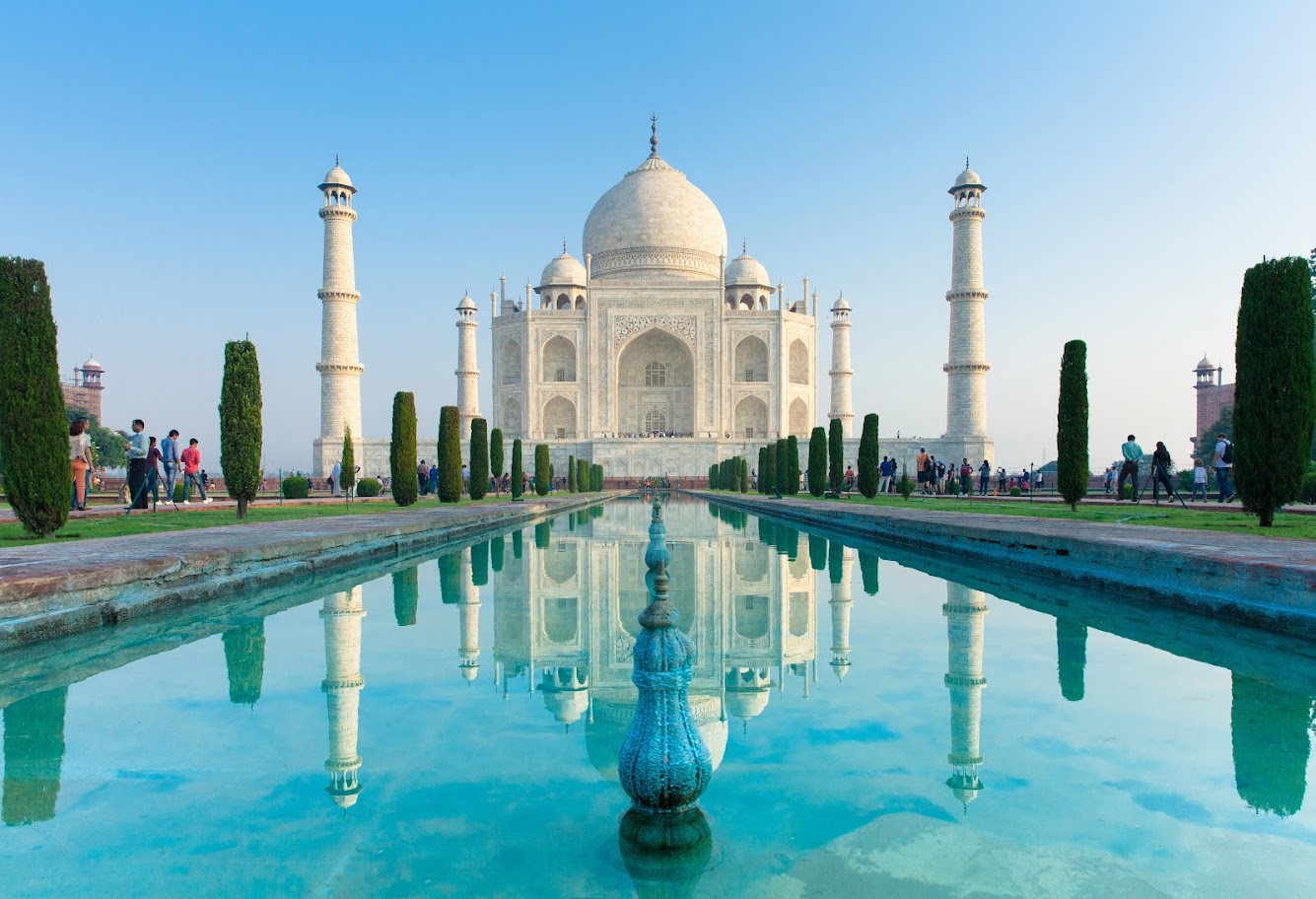










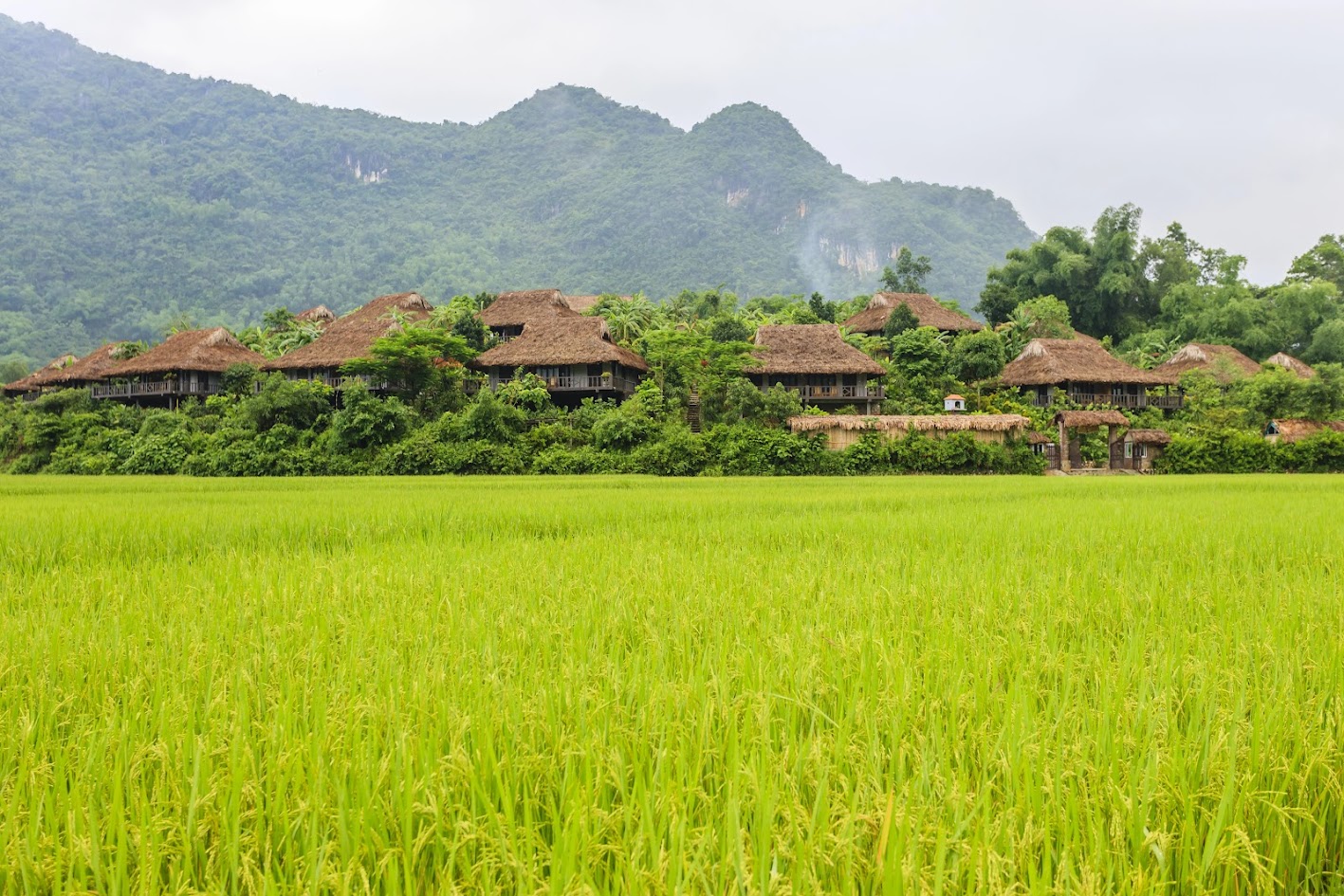






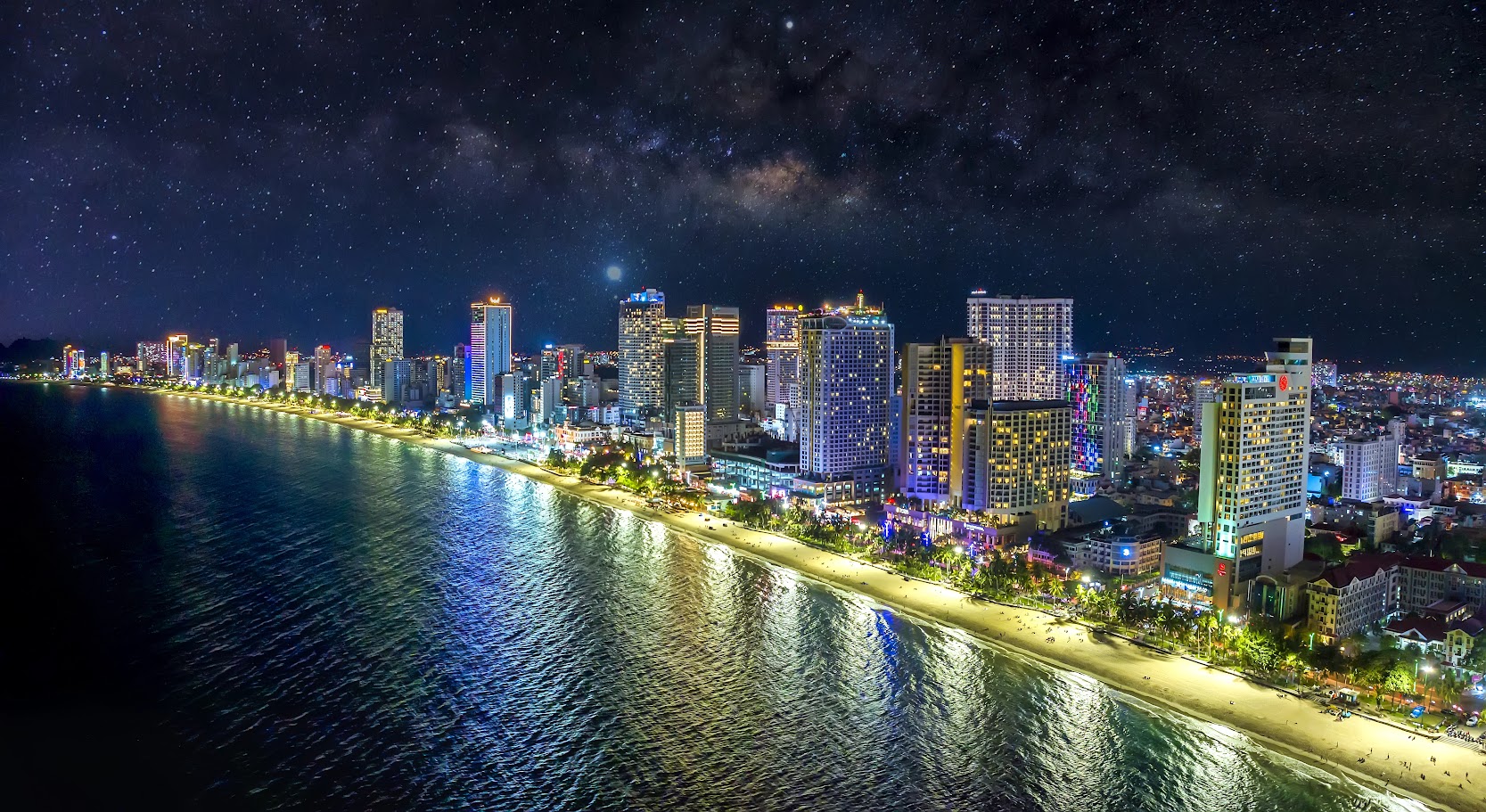












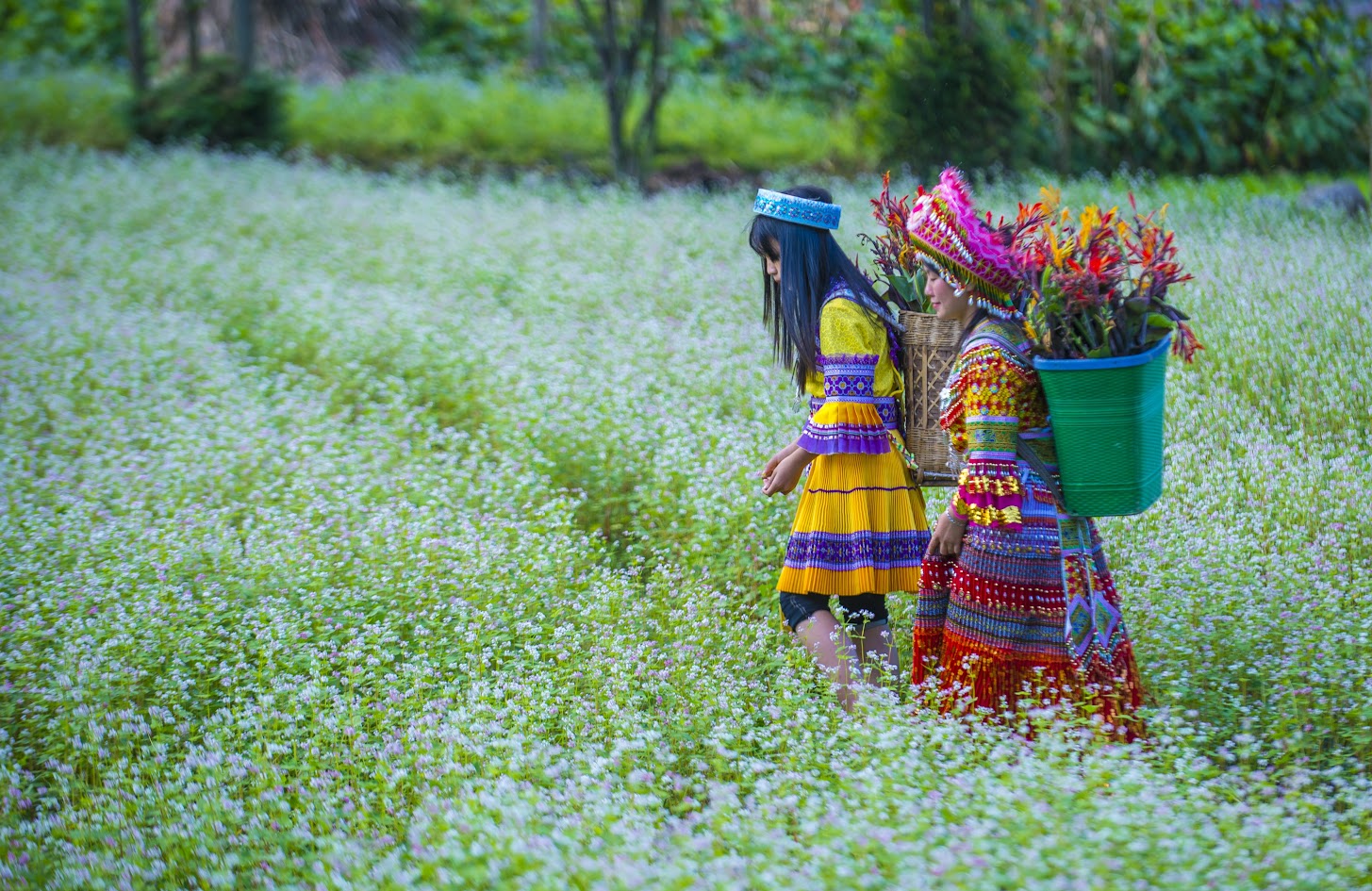



































































































![[FAQ] What is the Best Time to Travel to South Korea?](https://vj-prod-website-cms.s3.ap-southeast-1.amazonaws.com/shutterstock533705653supersize-1696644100090.jpg)








